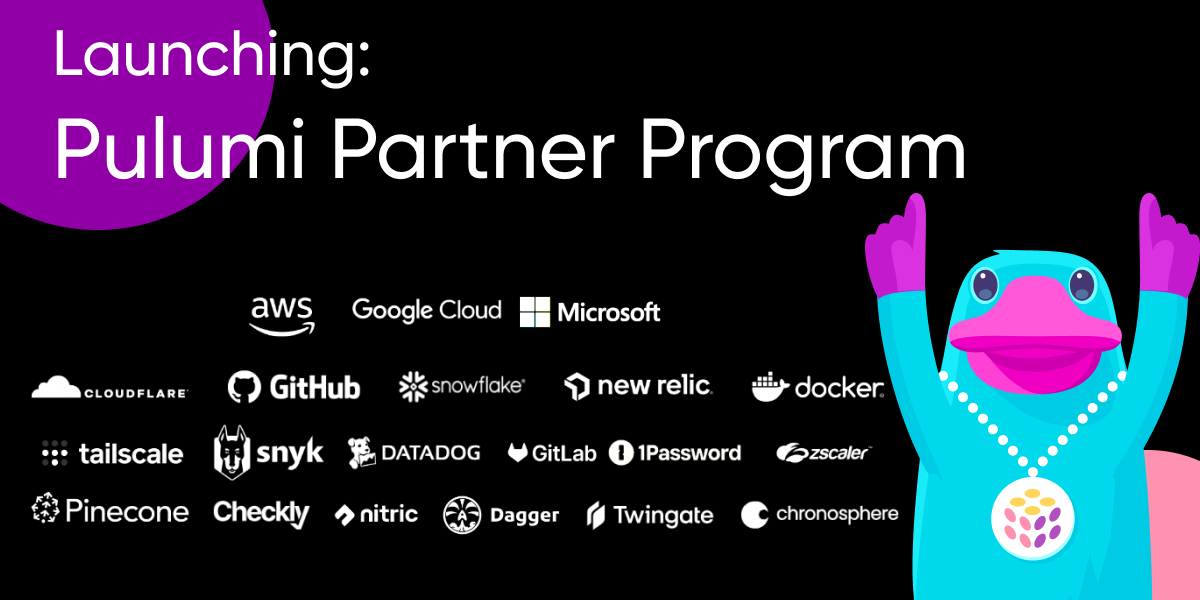From CDK to Pulumi: The Evolution of SST

As cloud computing continues to evolve, so do the tools and frameworks that developers rely on to manage their infrastructure. For the team building Serverless Stack (SST), a framework built to empower application developers, the journey began with AWS’s CDK. While CDK offered a way to define infrastructure using familiar programming languages, it soon became clear that more was needed to meet developers’ growing needs.
Explore SST’s journey from its origins with CDK to its transition to Pulumi, a modern IaC platform that addresses many of the limitations faced by application developers.






















